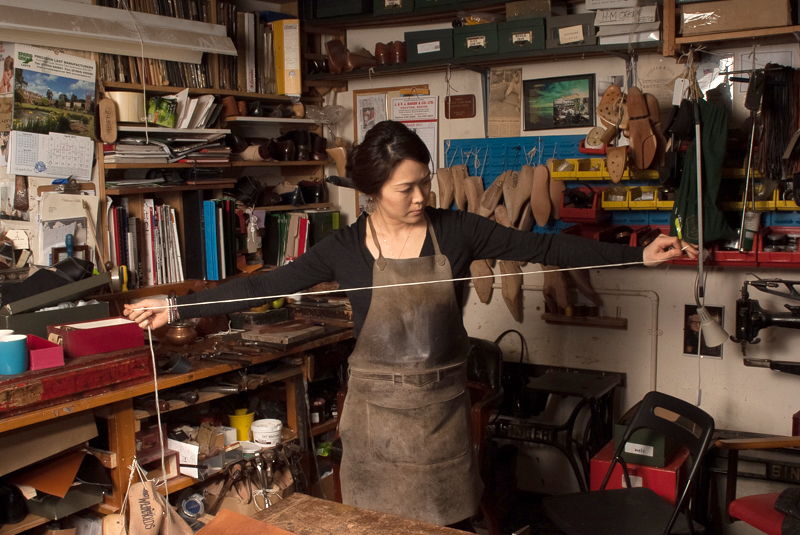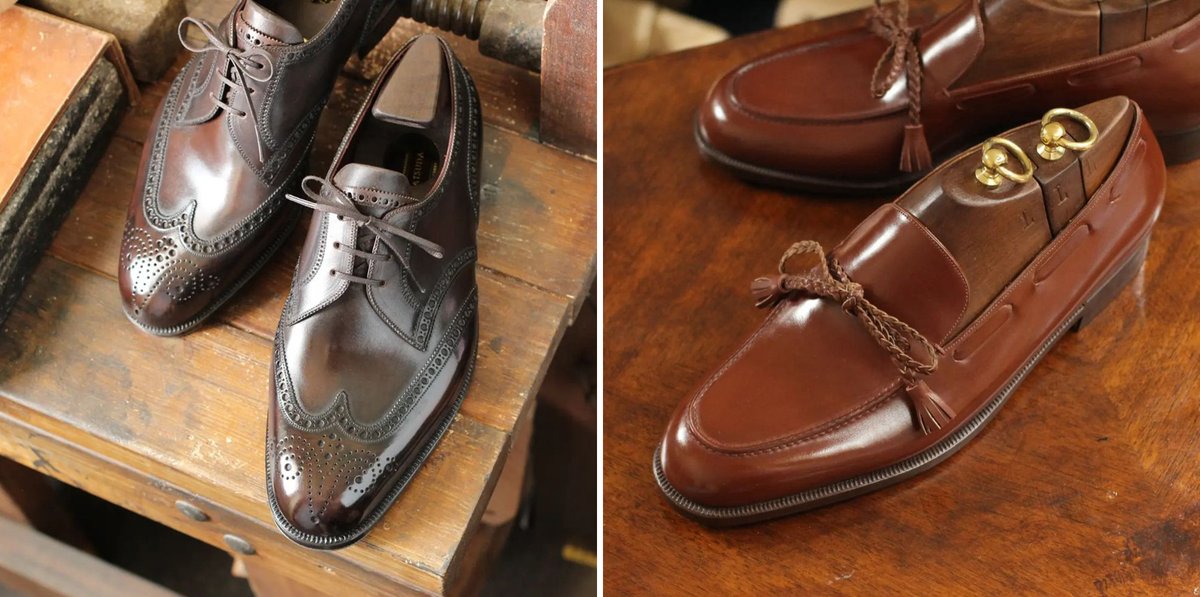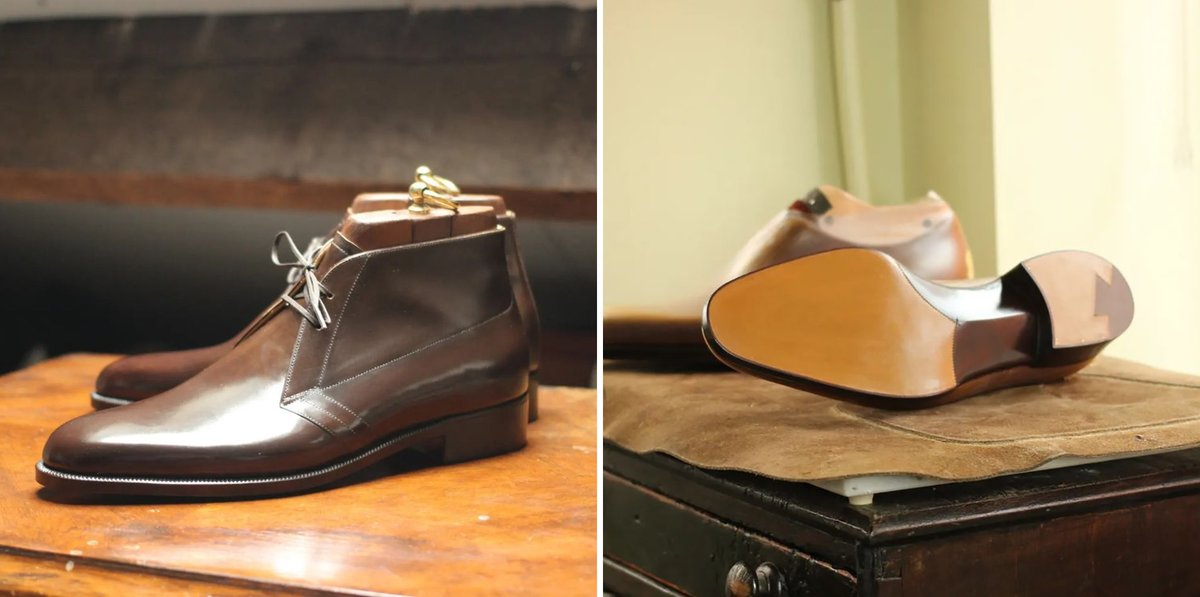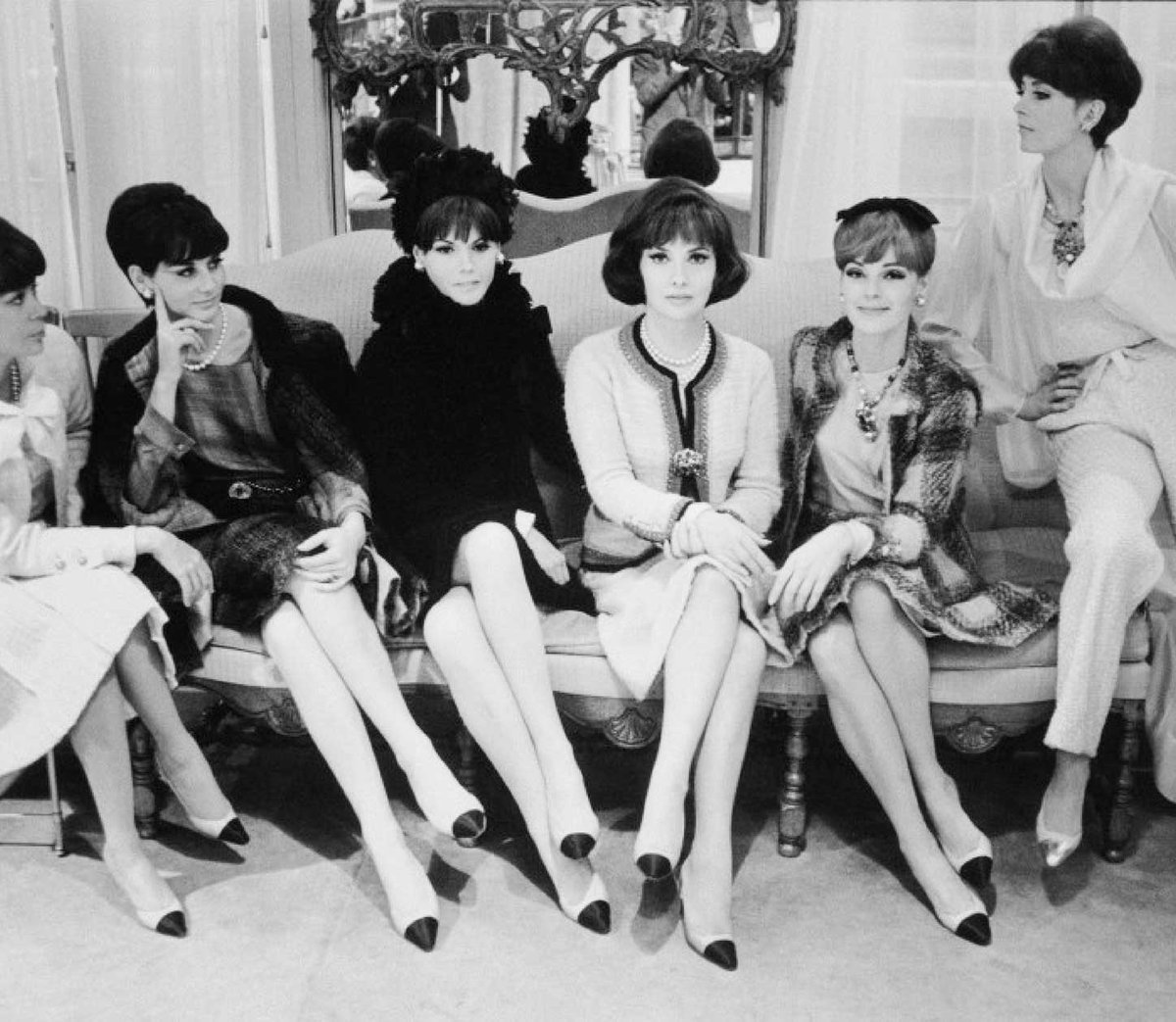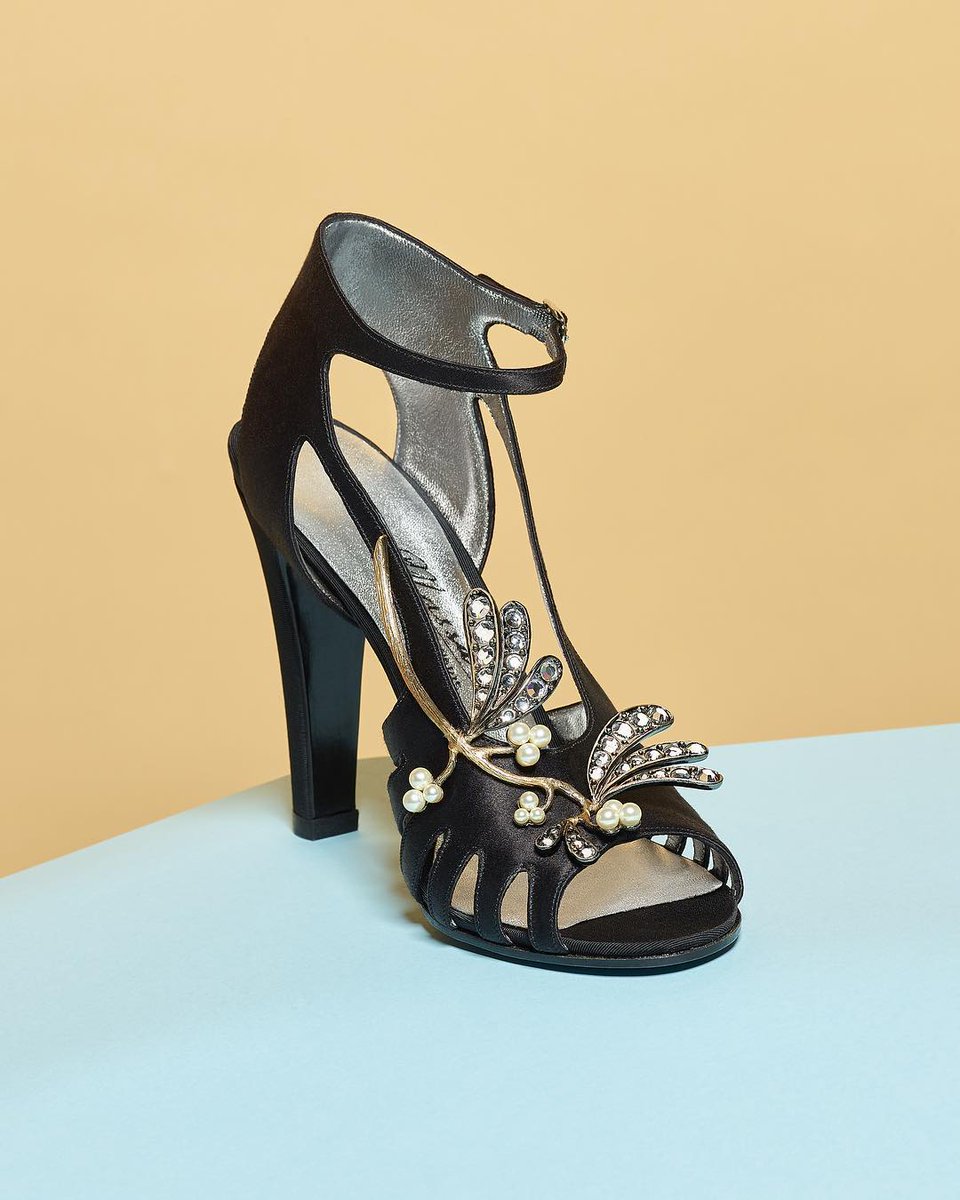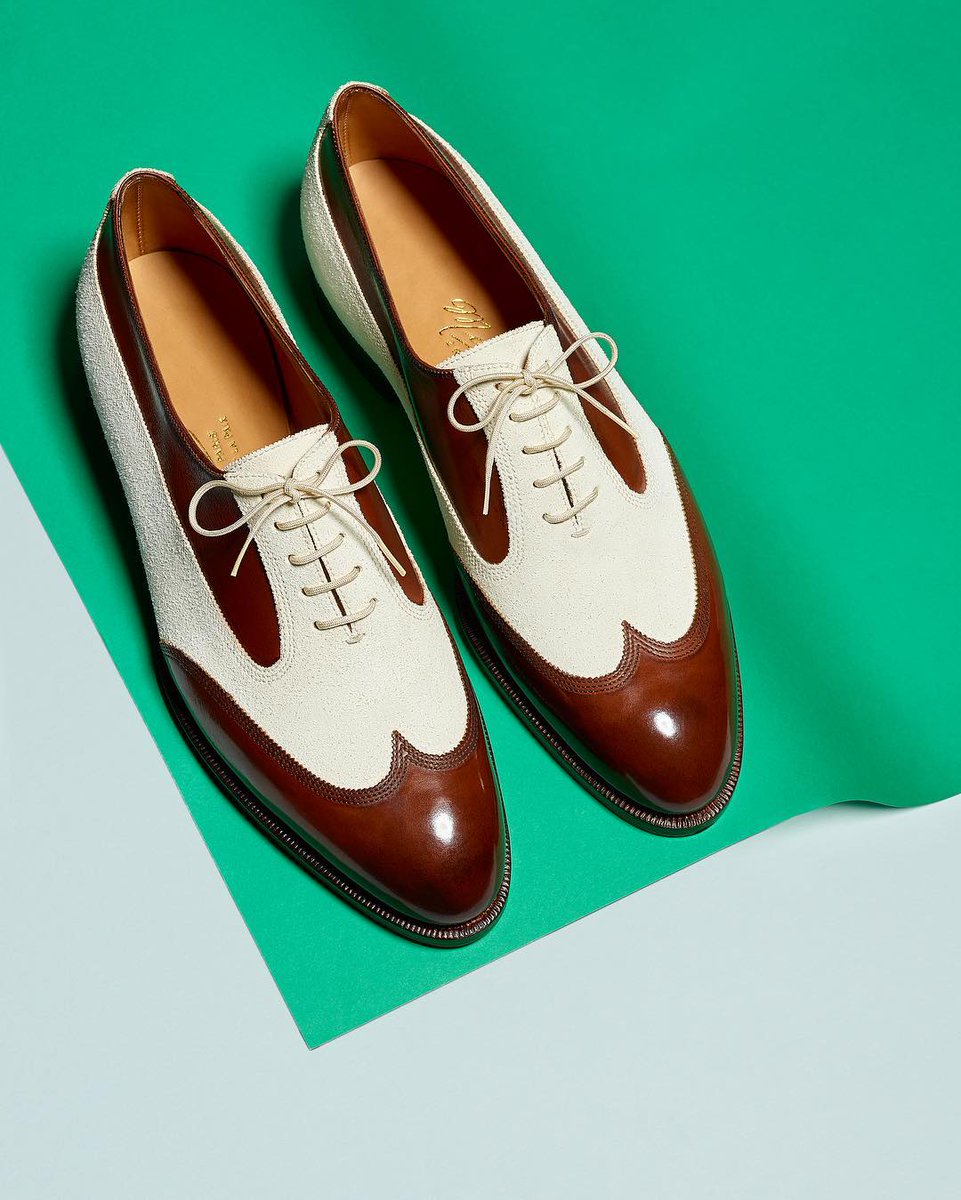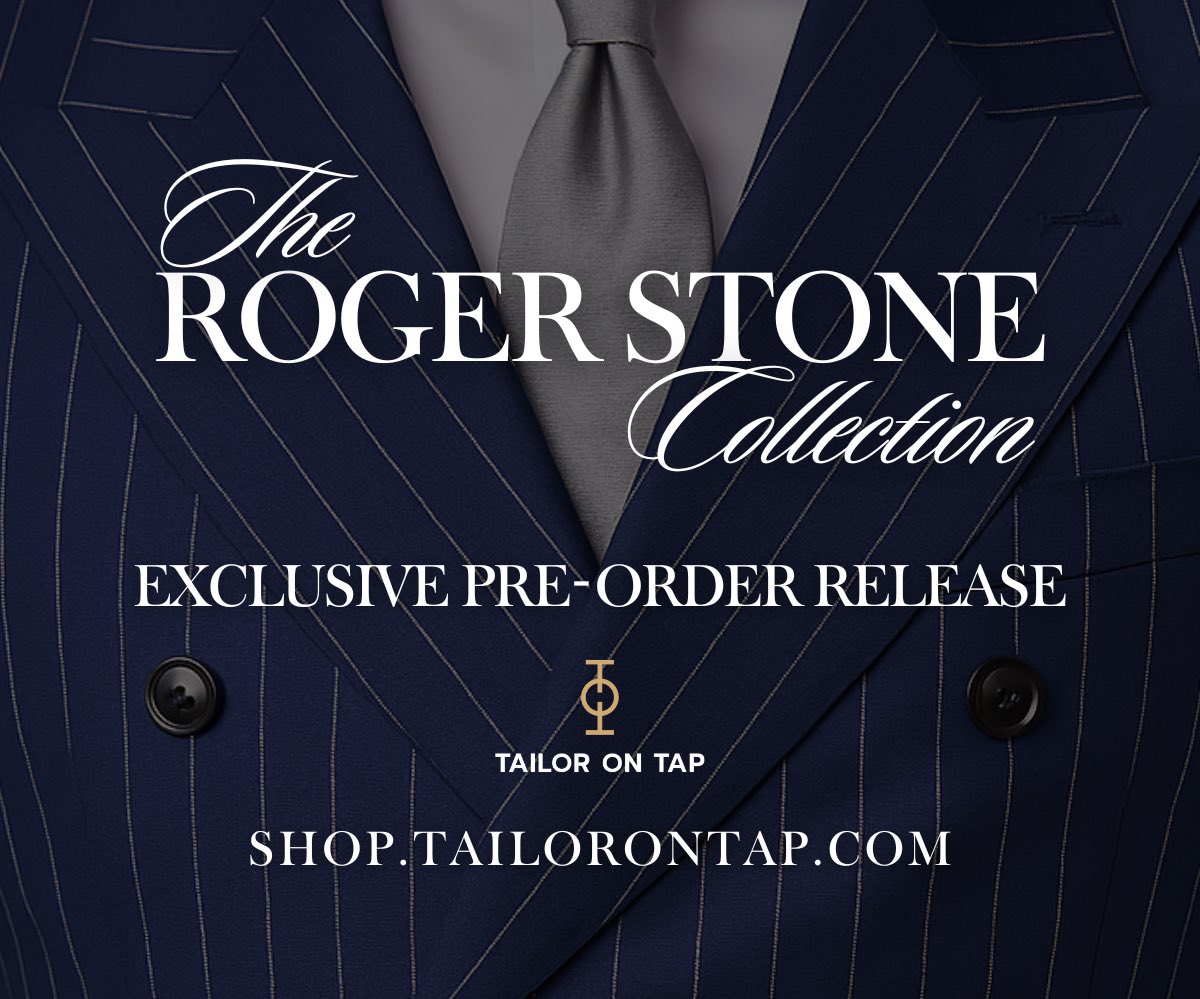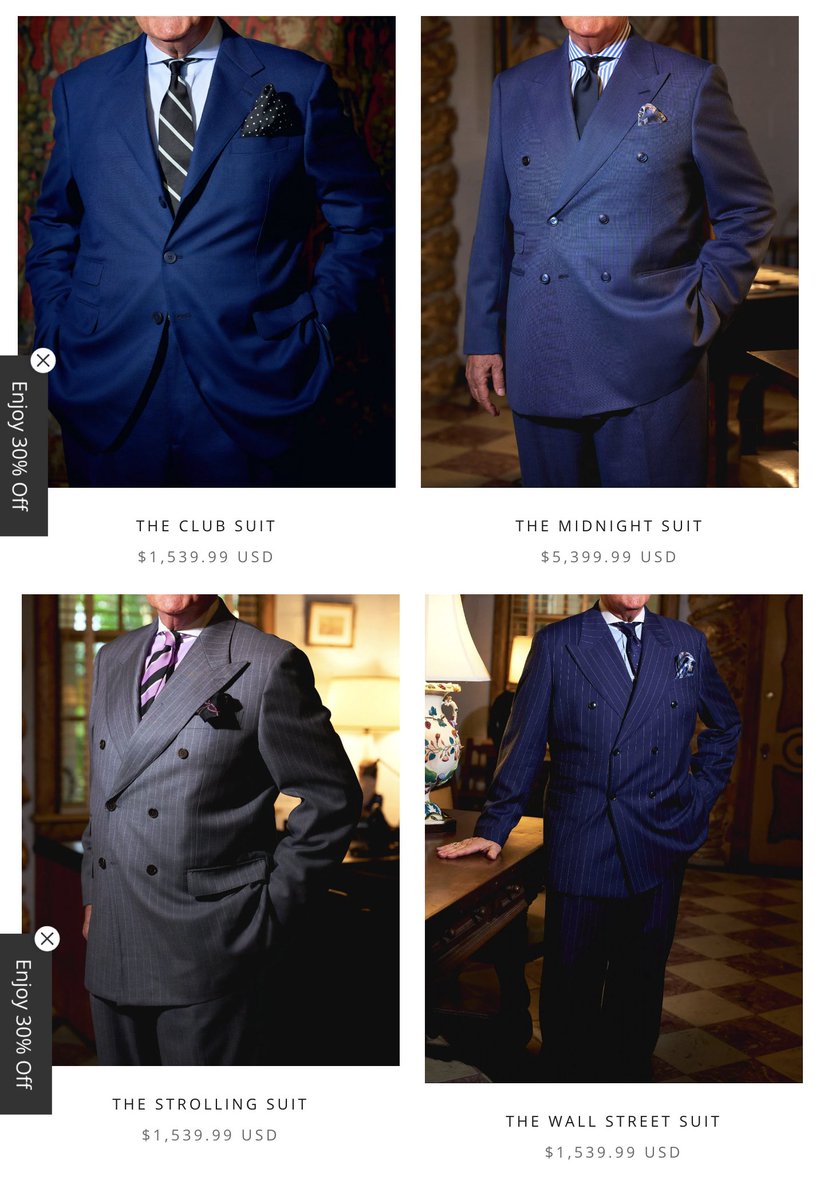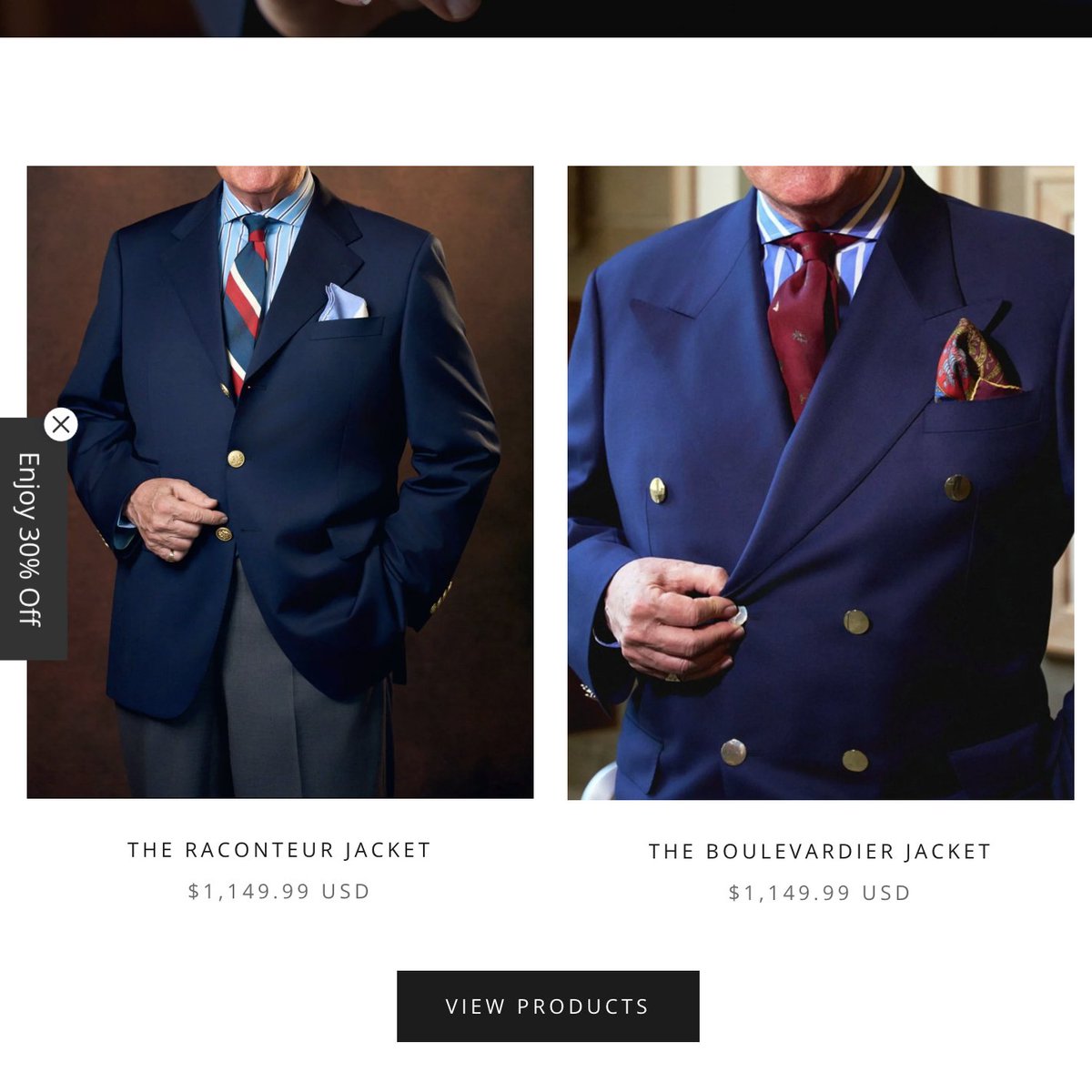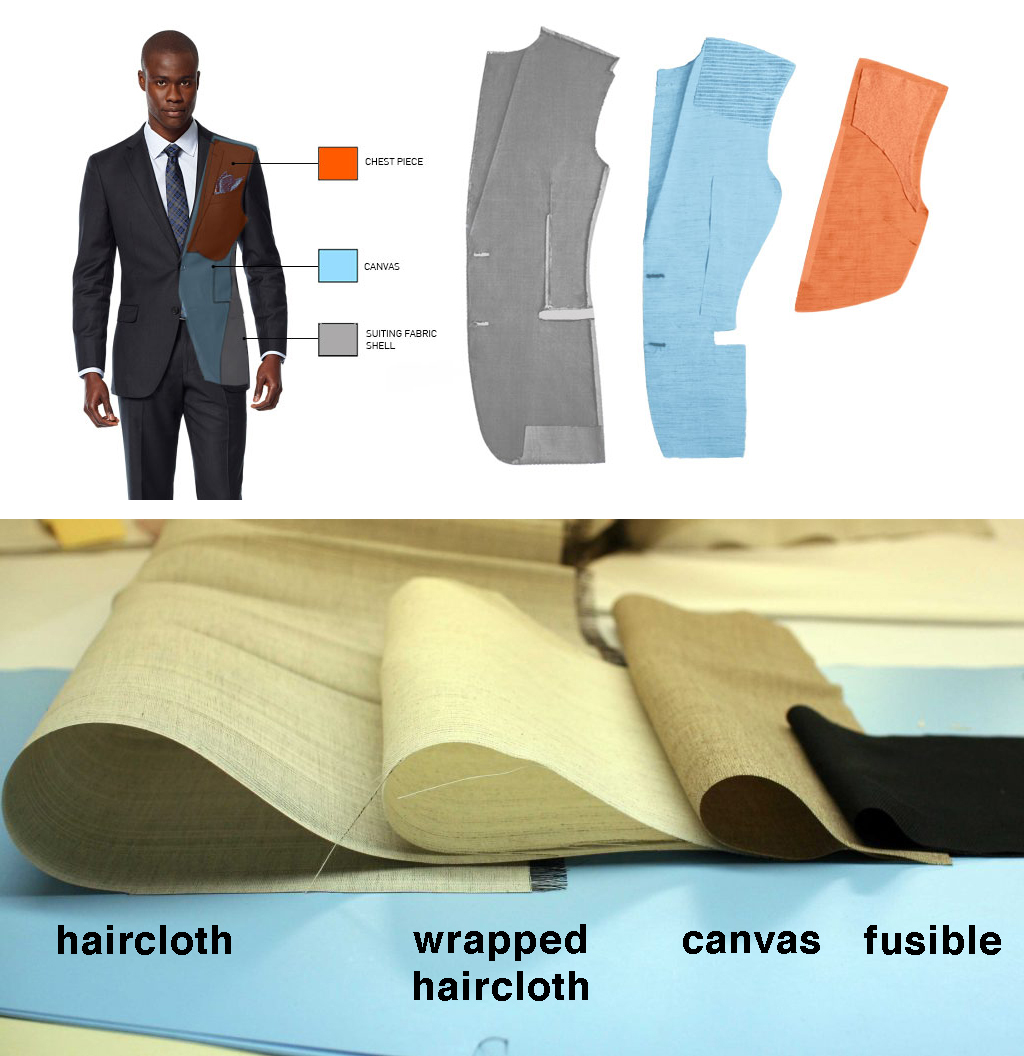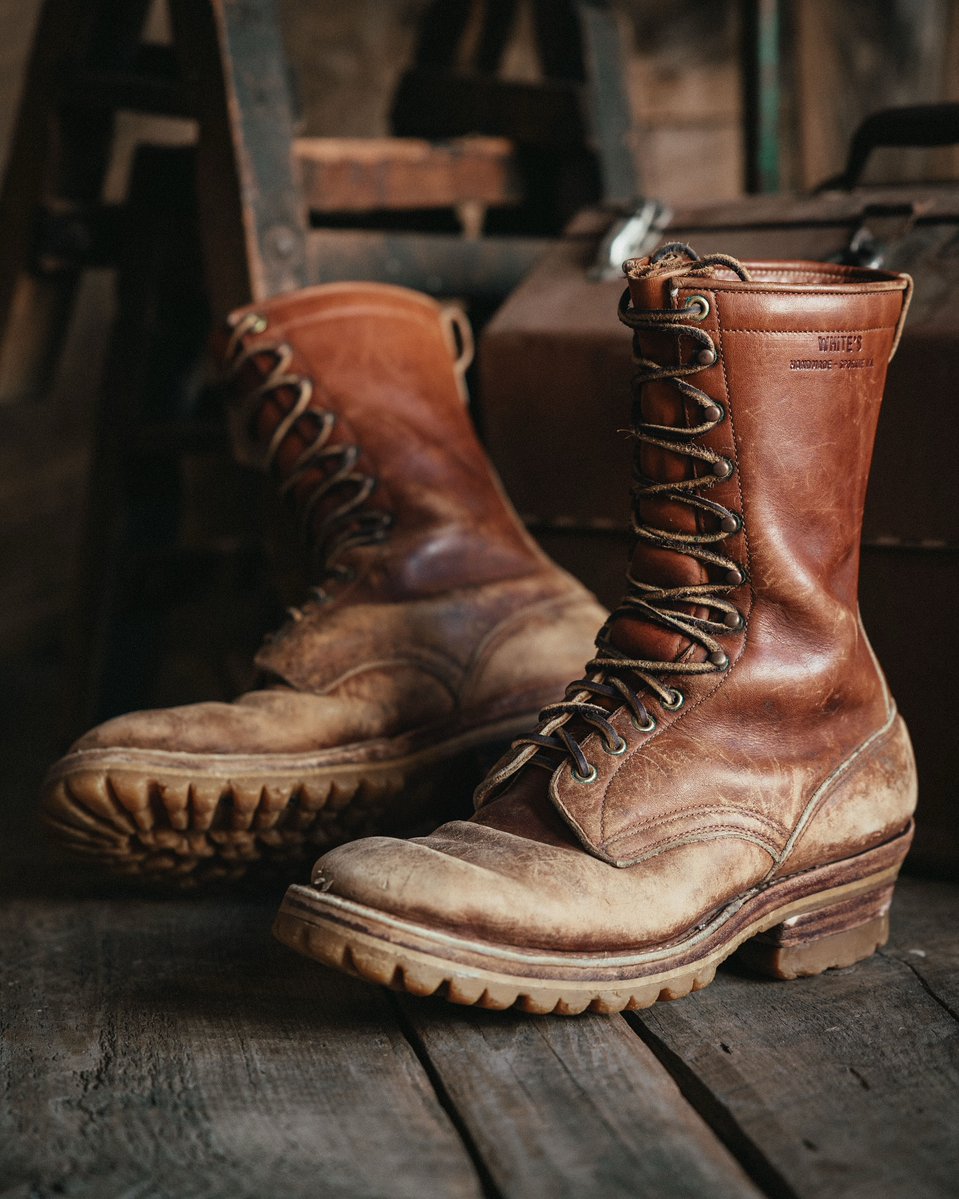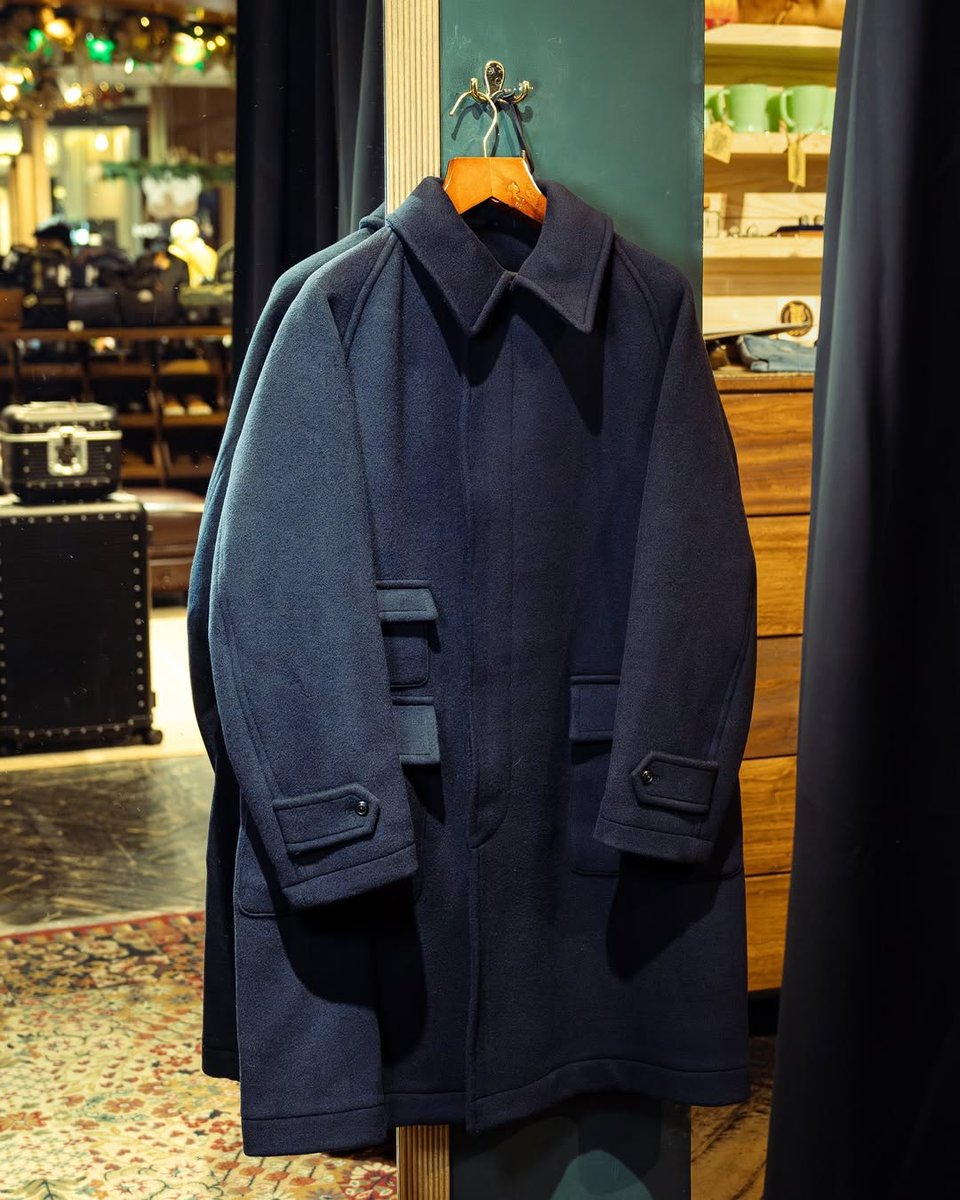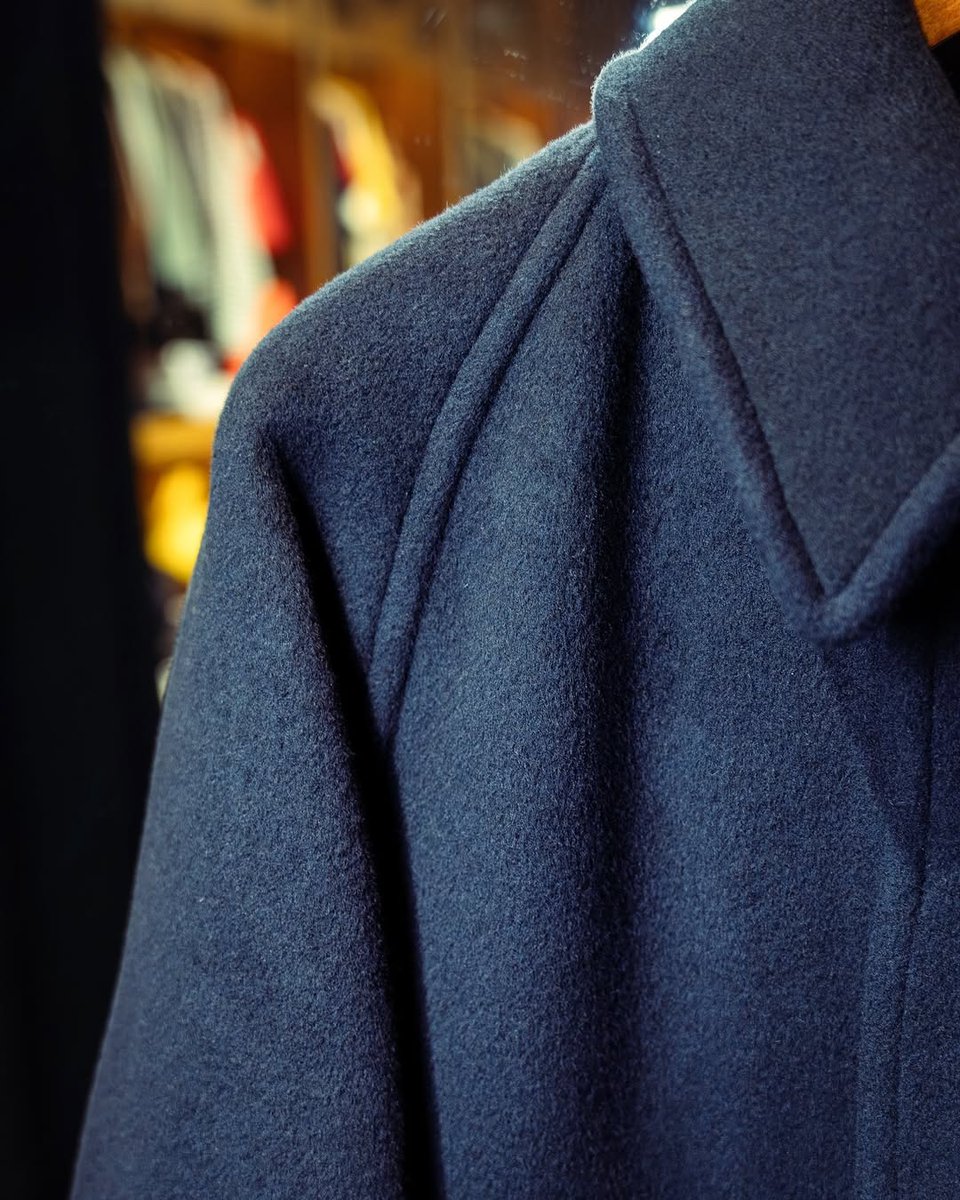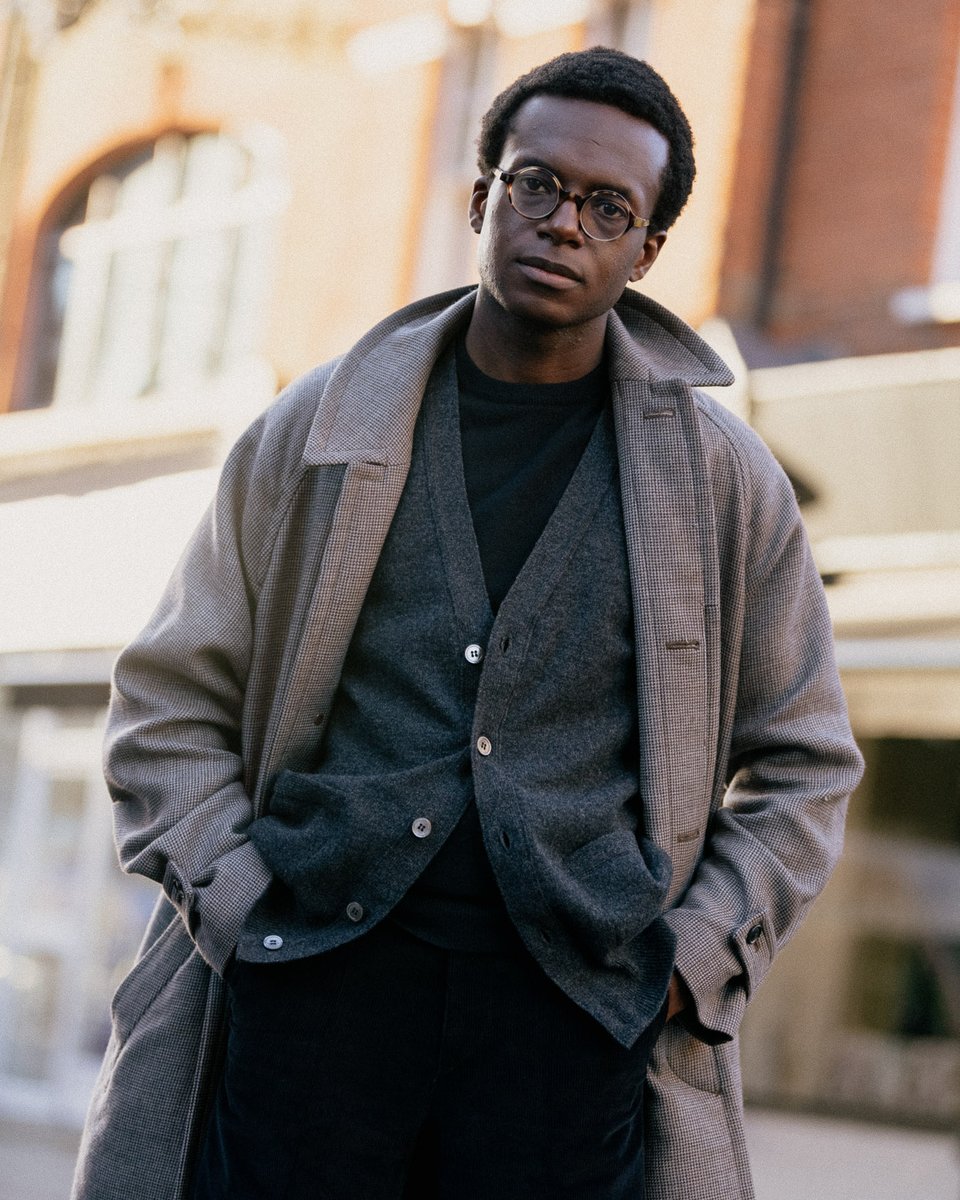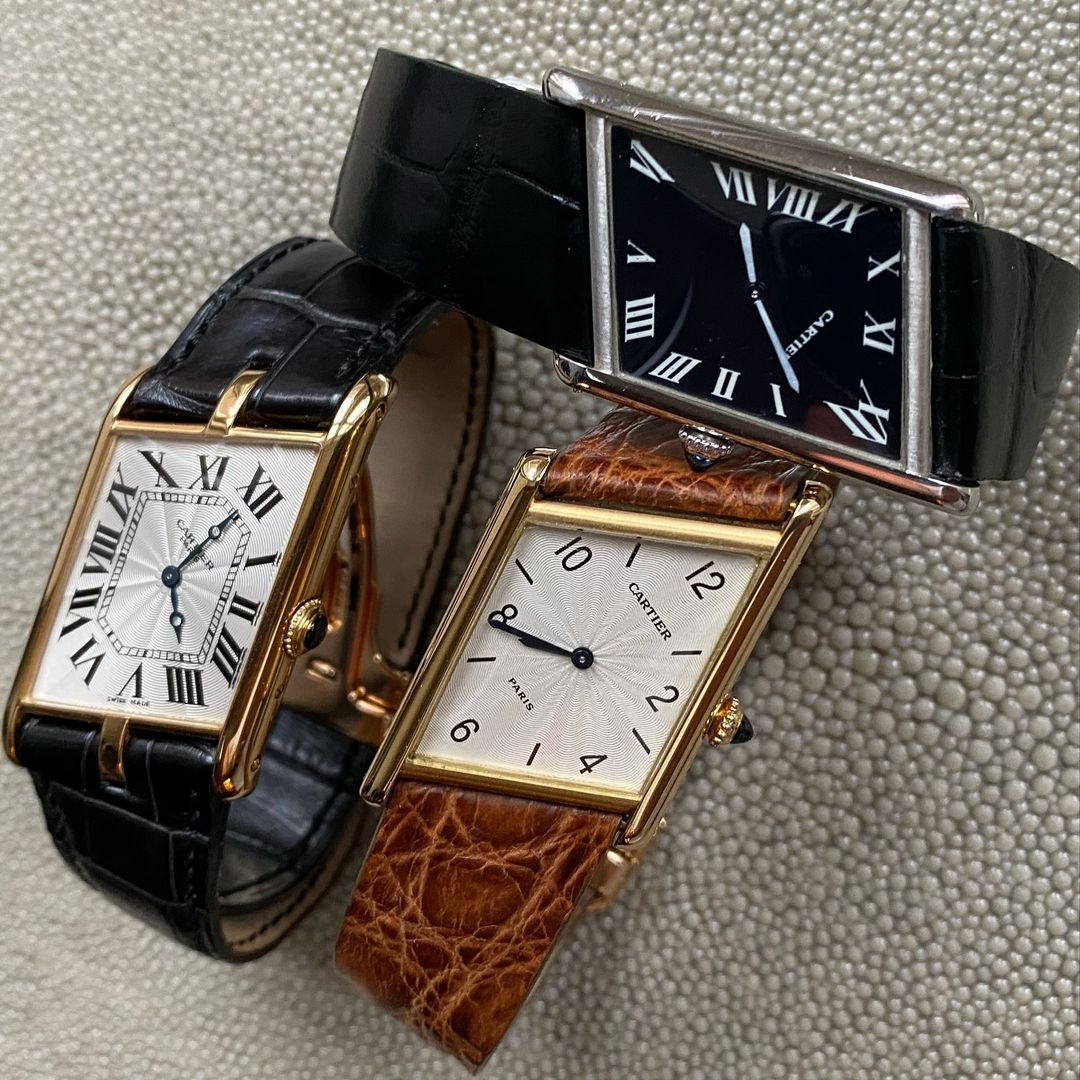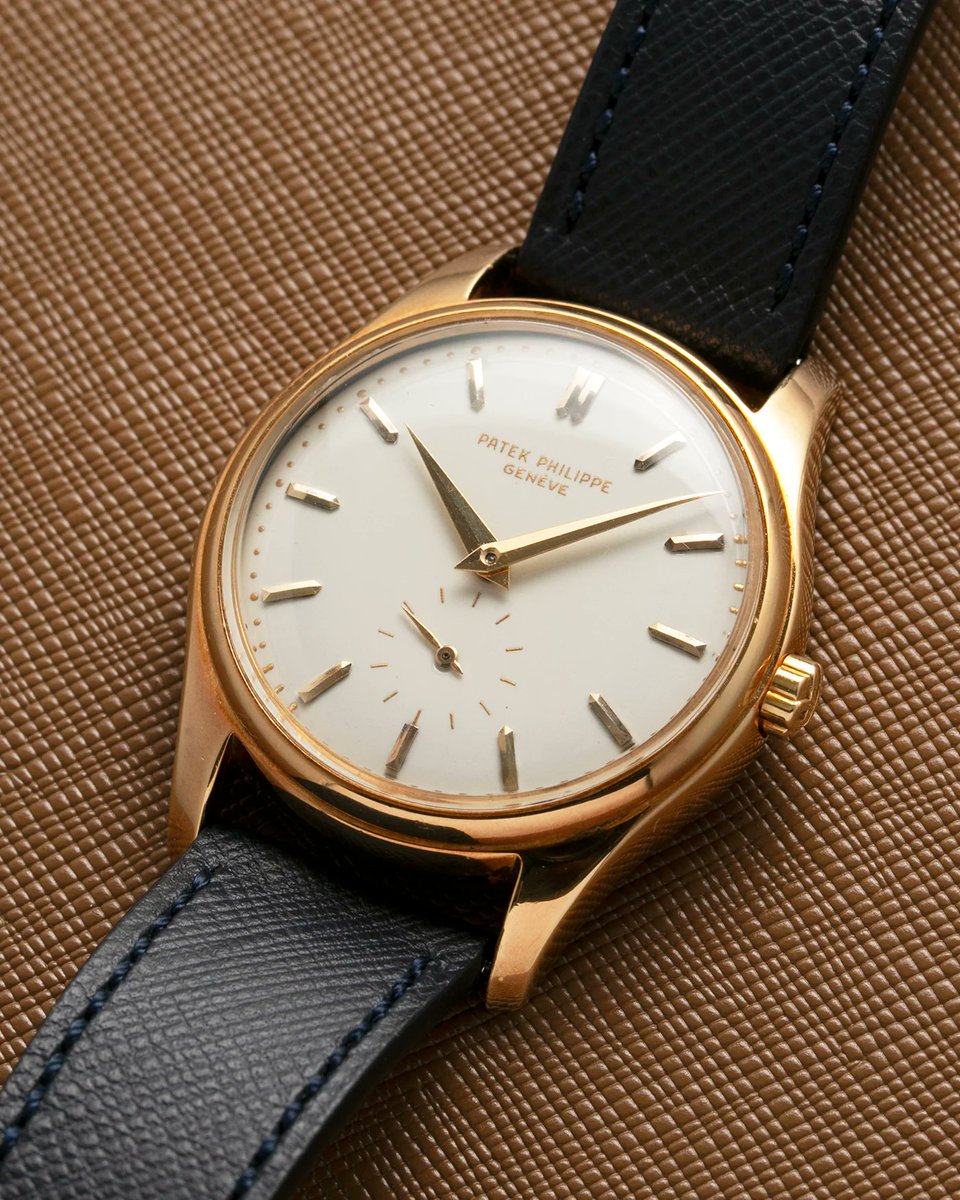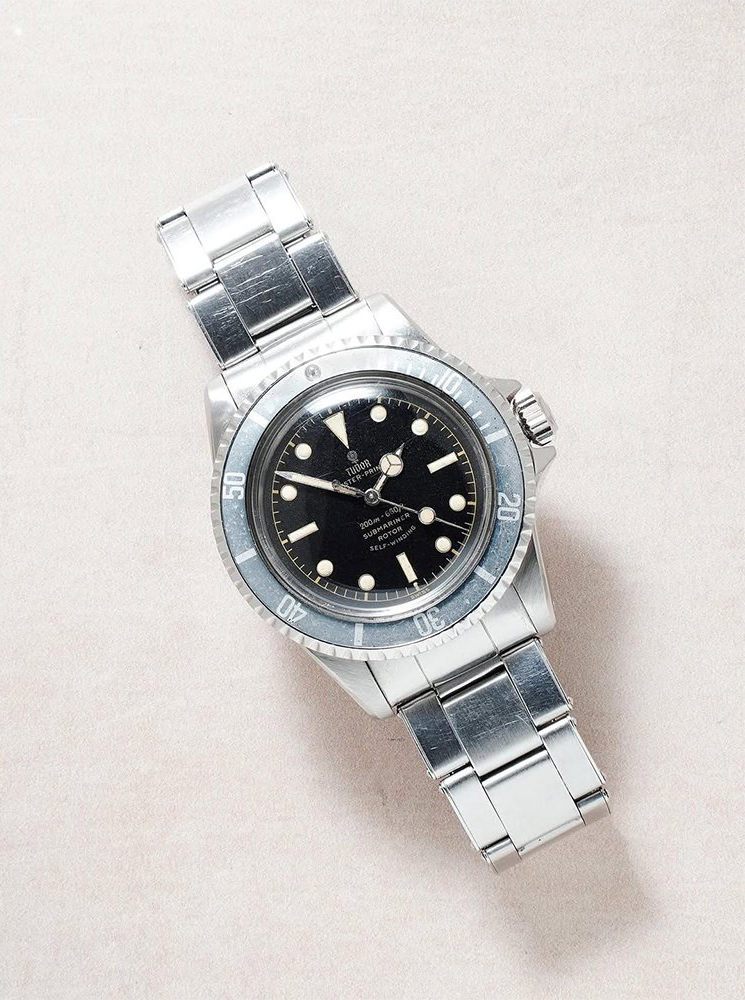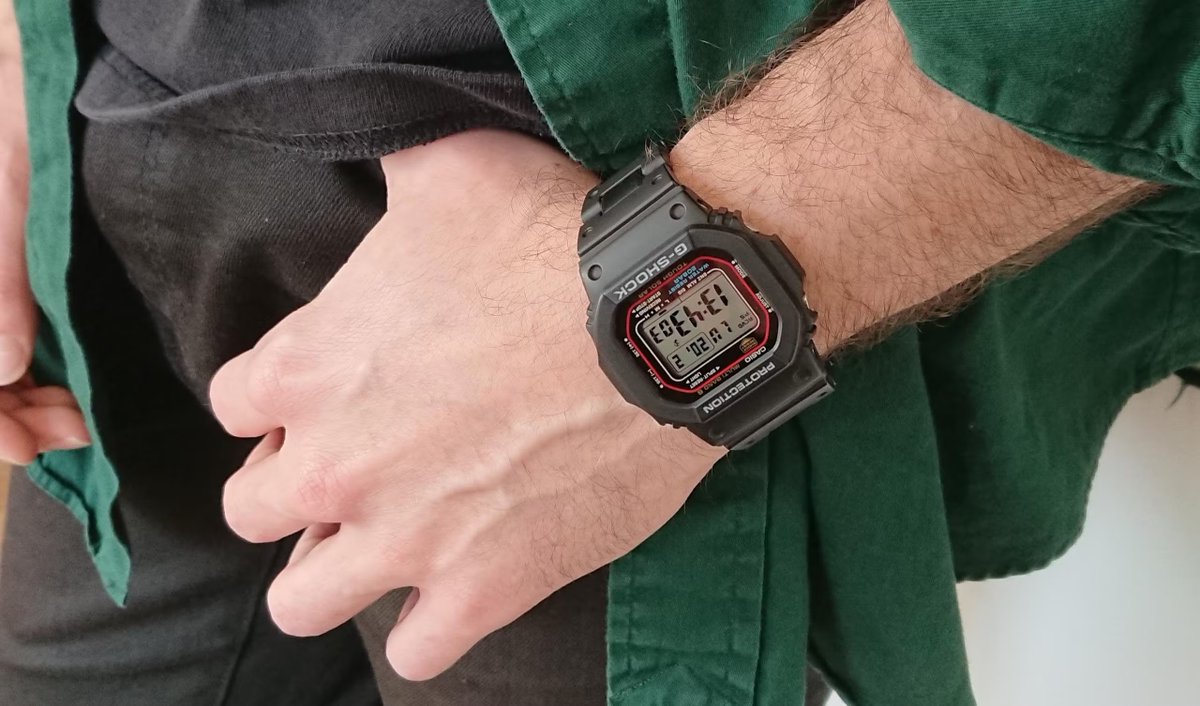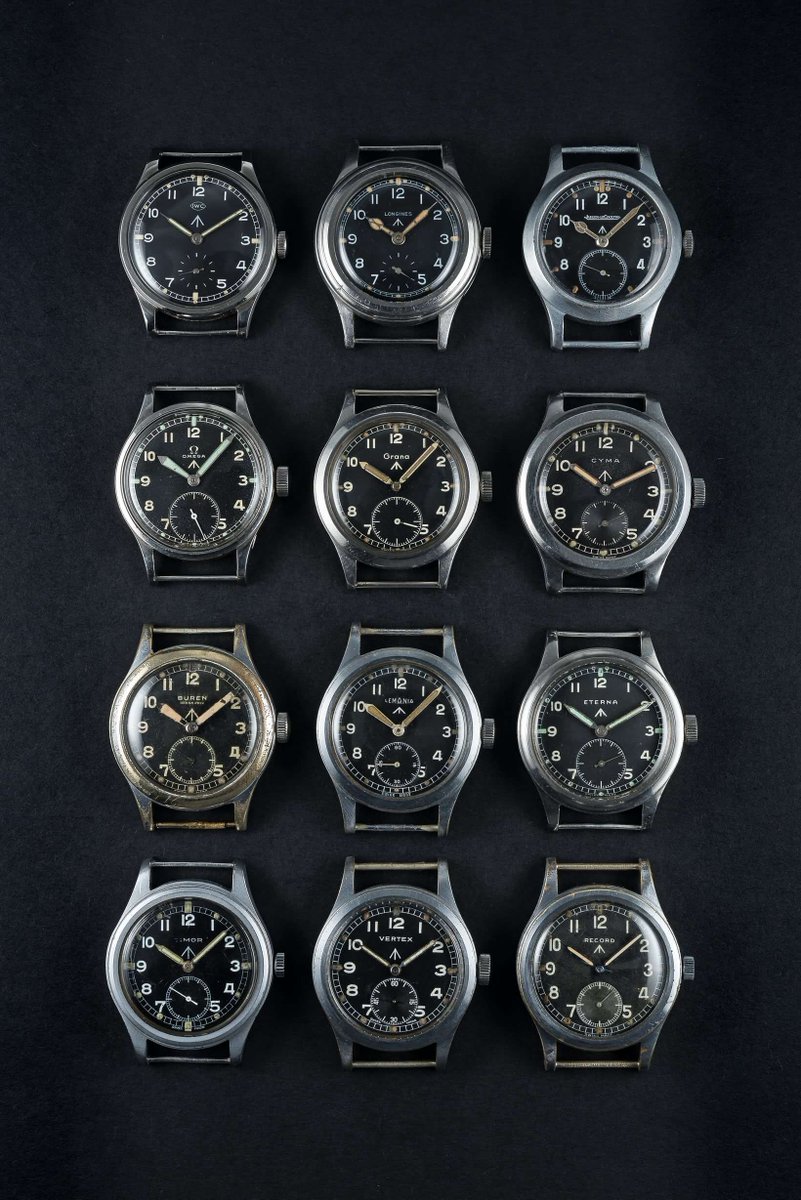I actually think the $400 Trump sneaker is a bit unique. Let's make some comparisons. 🧵
https://twitter.com/PennyMa07575970/status/1759069980417823040
First, I should note that not everything made in China is cheap or of low quality. RRL makes these hand-knitted shawl collar cardigans in China, and I think they're peerless. If you see one in person, you will appreciate how much depth and texture are in these yarns.




I don't know where Trump's shoes are actually made (pic 1). But from the soles, I will assume somewhere in a low-cost Asian country. Italian sneakers are often made with Margom cup soles (pic 2). For the sake of this thread, let's assume Trump's sneakers are made in China.



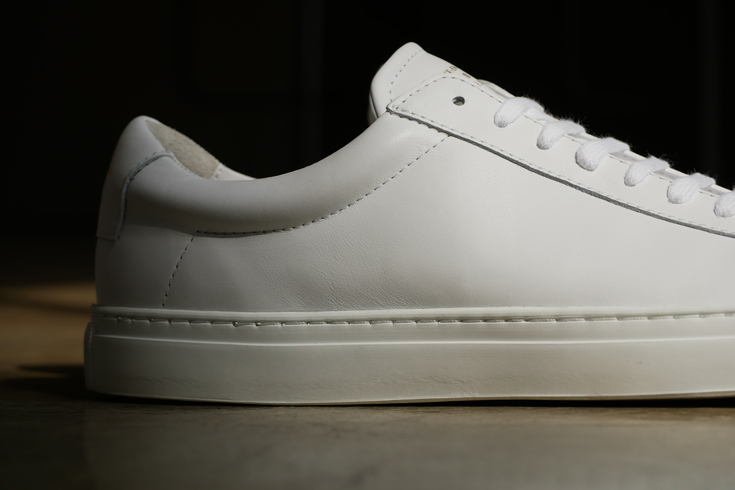
When thinking about how much it costs to make something, it's important to understand that you're not just paying for manufacturing. Even on production alone, there are costs associated with shipping, insurance, and customs. This is your landed cost. 
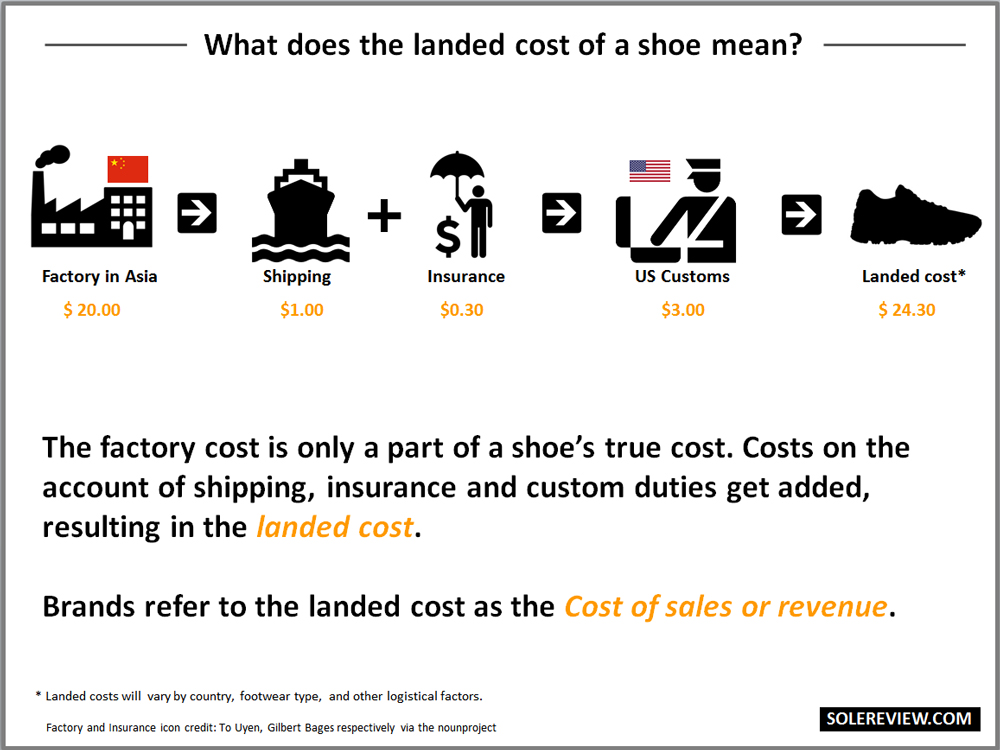
There's also marketing, warehousing, and other labor costs. Using company income statements, Sole Review once broke down how much it costs to produce a $100 Nike or Adidas sneaker (these represent percentages, as most sneakers are not exactly $100)
🔗: blst.to/wKGJCUH

🔗: blst.to/wKGJCUH

Most fashion companies sell to stores, which do all the associated work of selling the product to you (e.g., customer service). These also come with costs. A brand could take on this role, but then they would also be taking on those costs. It's also hard to scale this way. 
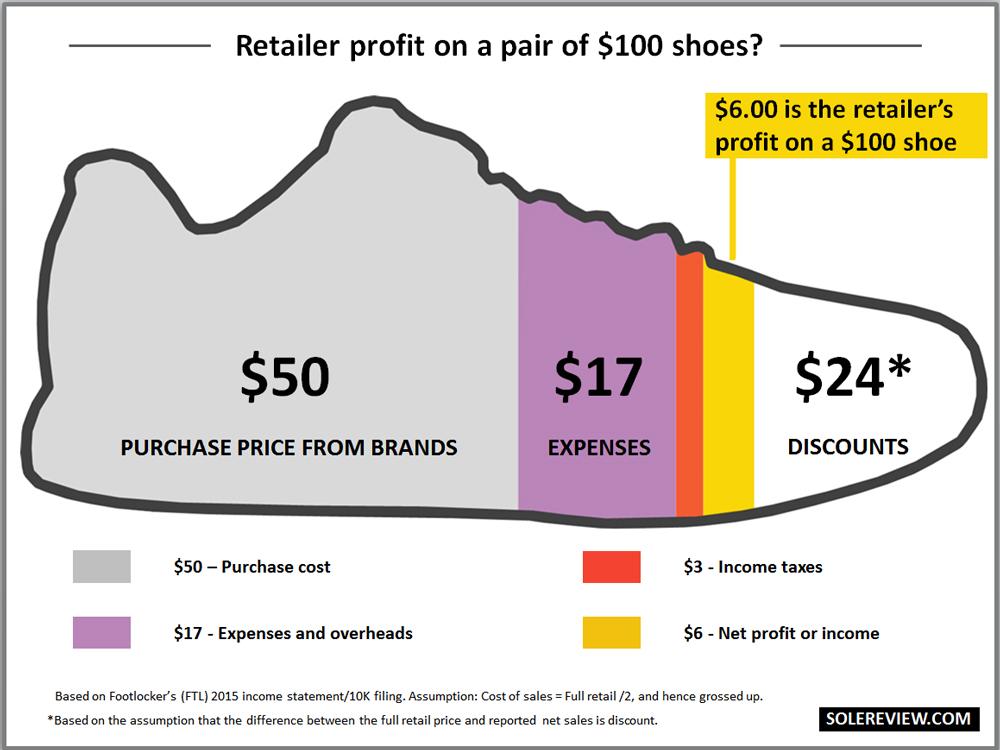
That means when you look at a chart such as this and see that it costs about $20 to make a $100 sneaker, you have to factor in all the other costs required to get the sneaker into your hands. The actual profit is not $80. It's closer to $5 (or 5% of the retail price) 

Let's take another example: suits. The following numbers come from someone I know who manages an American suit factory and has insider knowledge of how much it costs to produce a suit in China. (I'm leaving their name out bc I don't know if they want to be identified) 
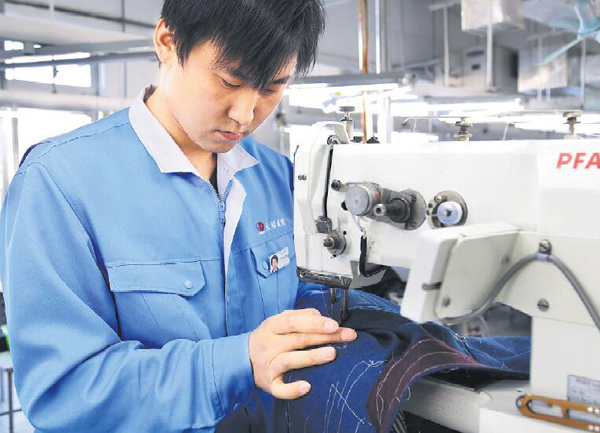
This is a stylized model, but it is generally reflective of reality. The following model estimates how much you would pay to produce a fully machine-made, fused suit in China
Raw labor: $8
Fabric: $105
Trims: $30
Overhead: $2
Total cost: $145
Raw labor: $8
Fabric: $105
Trims: $30
Overhead: $2
Total cost: $145
This doesn't include the cost of sampling, shipping, and insurance. But for simplicity, let's say you're a brand, and it costs you $145 to make this Chinese-made suit.
Trump imposed a 25% duty on Chinese imports, so you end up paying $174.
Trump imposed a 25% duty on Chinese imports, so you end up paying $174.

If a brand is paying $174 for their Chinese suits, they will sell them to a store for about $290. And if a store buys it for $290, they will sell it to you for $725.
So, the markup from manufacturing to retail is 5x. However, this is not all profit, as discussed above.
So, the markup from manufacturing to retail is 5x. However, this is not all profit, as discussed above.
I don't know how much it costs to manufacture these sneakers, but nothing about them suggests they're particularly high quality. And to be sure, no one is pretending they're particularly well made. They're just standard sneakers. 

There's no distributor or retailer, as Trump is selling it directly to consumers. How much did it cost to make this website? Maybe $100?
There's no overstock or inventory to worry about, as everything was sold on pre-order.
There's no overstock or inventory to worry about, as everything was sold on pre-order.

So, for a shoe that prob costs $20 to make, maybe we can add another $20 for various associated costs. That's still a 10x markup from cost to retail, with all the profit being pocketed by Trump. This is not at all comparable to how other fashion companies price things.
A few days ago, @TheCut published a good article about why so many indie designers are a paycheck away from shuttering. It's because running a fashion business comes with many hidden costs that consumers don't think about.
🔗: blst.to/D3xpdfl
🔗: blst.to/D3xpdfl
@TheCut To be sure, I think we all know that the Trump sneaker is just a fundraising effort, no different from his NFTs or mug shot complete with a swatch of a cut-up suit. They are not meant to be serious products. They're like Cracker Jack prizes for donating to him. 
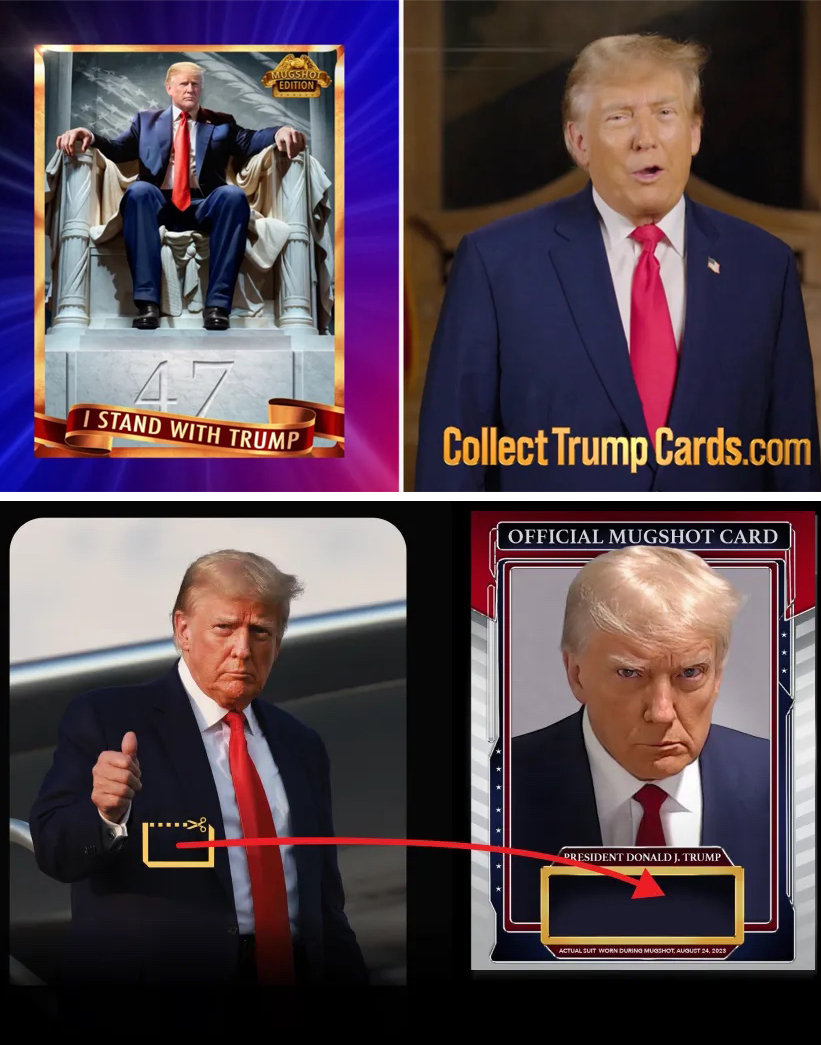
@TheCut I'm only taking issue with the idea that a significant number of fashion companies also run themselves in this way. IMO, the way we devalue fashion is directly linked to why we see so many people in this industry being lowly paid. Not everyone is a grifter. 

• • •
Missing some Tweet in this thread? You can try to
force a refresh


